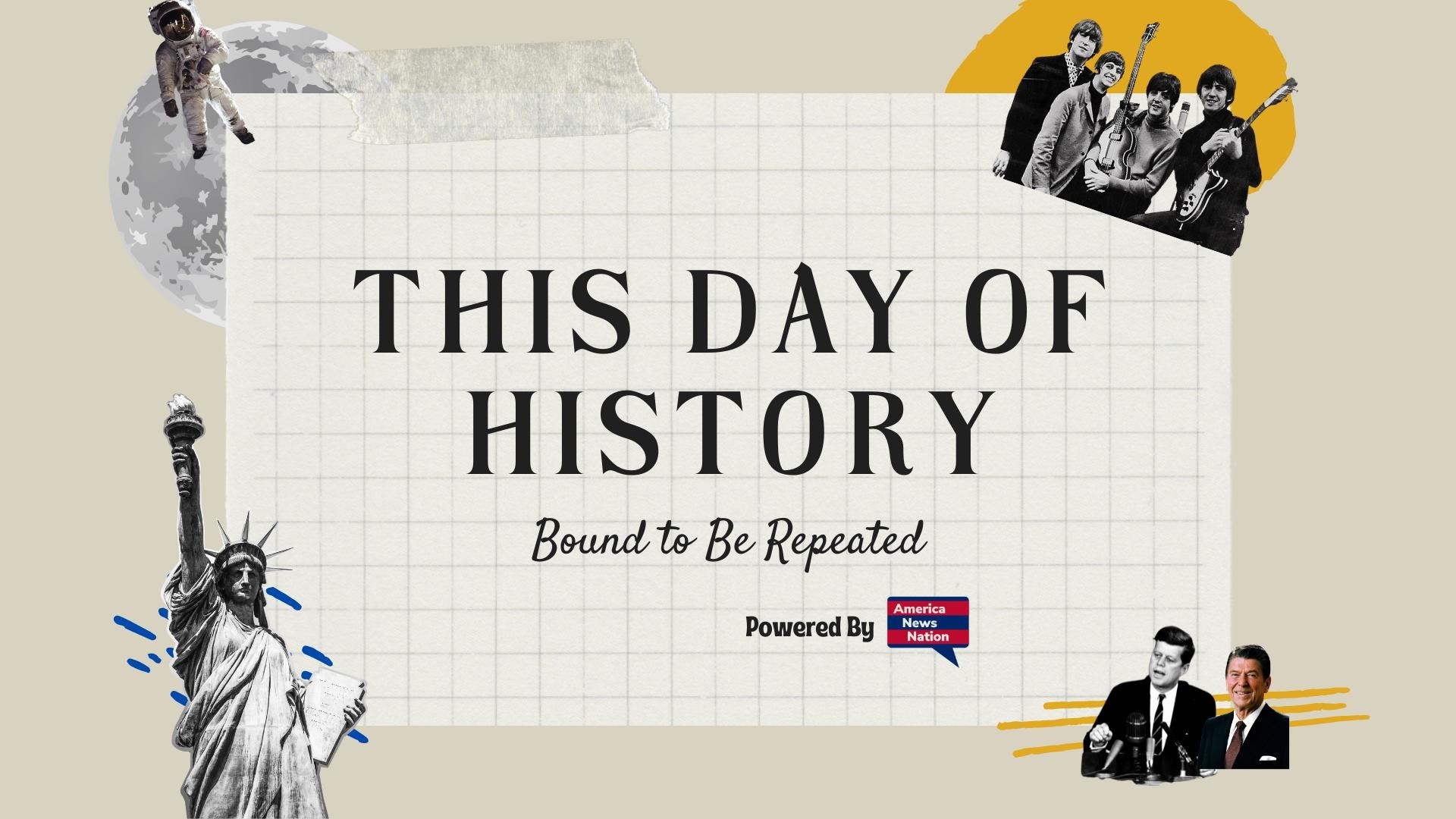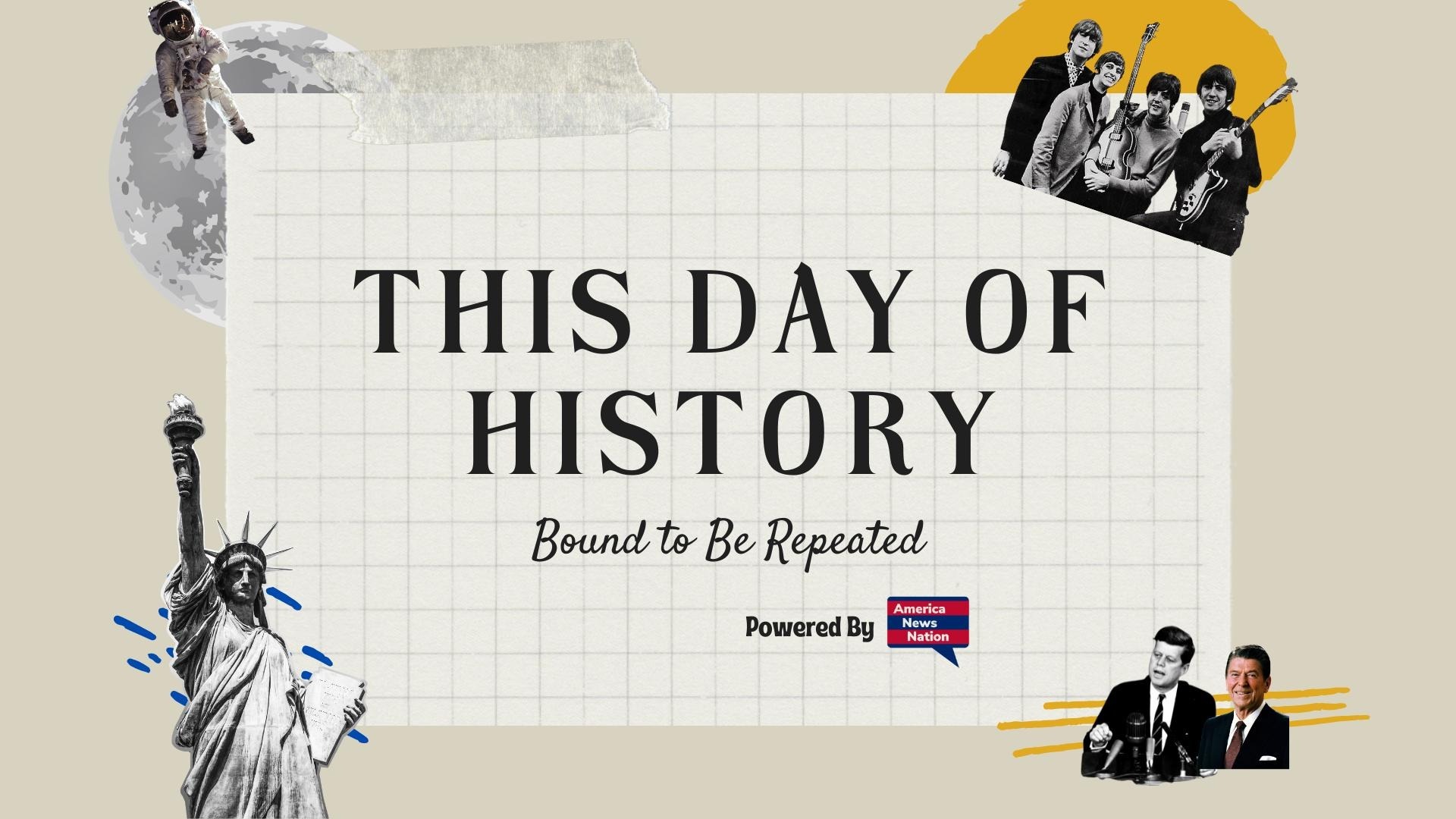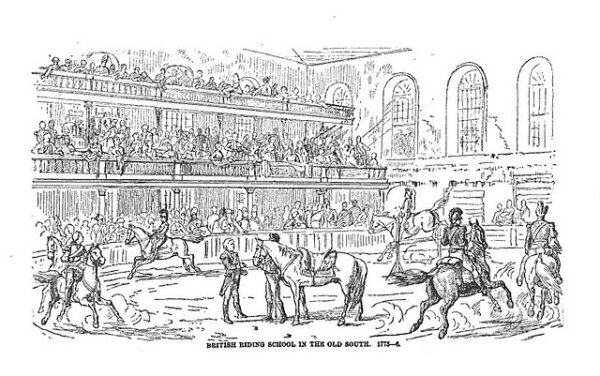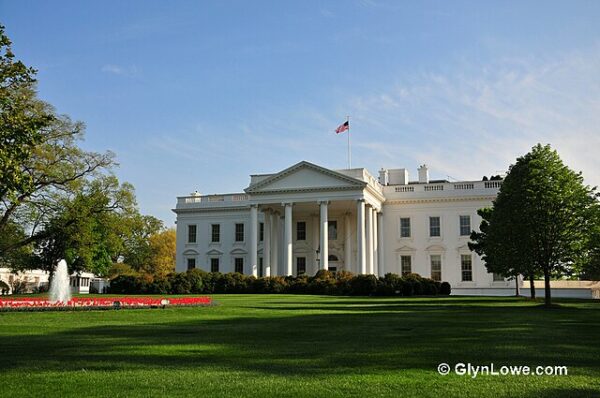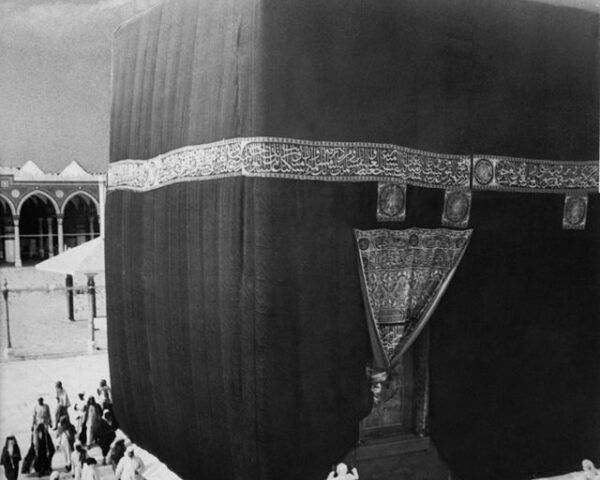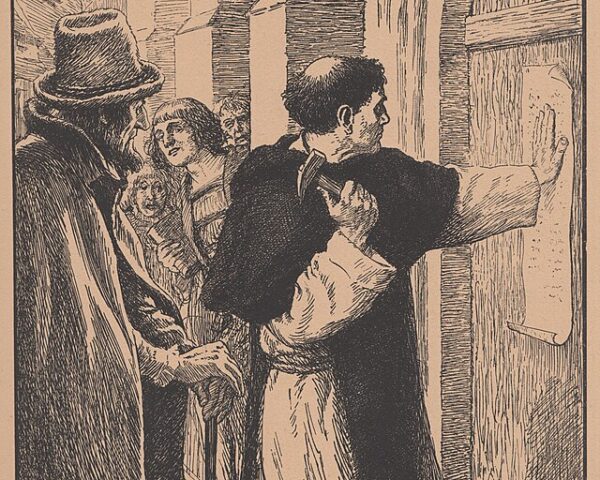On February 22, 1770, in Boston’s North End, what began as a small disturbance quickly turned into a pivotal tragedy that echoed across colonial America and hinted at the revolution to come. Ebenezer Richardson, a British customs officer already despised by locals, fired a shot into a crowd of protesting colonists, fatally wounding 11-year-old Christopher Seider. In death, Seider would become recognized as the first American casualty of the revolution.
This incident didn’t occur in a vacuum but was fueled by growing tensions between the British Crown and the increasingly defiant American colonies. The passage of the Townshend Acts in 1767, which taxed essential goods like glass, paper, and tea, stirred resentment in Boston. In response, merchants and citizens boycotted British imports, while groups like the Sons of Liberty rallied public anger against imperial control.
Richardson was particularly hated in Boston—not just for his role in enforcing unpopular British trade laws, but also because he exposed local smugglers to British authorities. To many colonists, he wasn’t just a customs official but a symbol of imperial oppression in a city that had become the heart of colonial resistance.
The immediate cause of the tragic event seemed minor but carried deep political undertones. On that cold February day, a loyalist shopkeeper named Theophilus Lillie, known for defying the colonial boycott, became the focus of a protest led by young patriots. Protesters gathered outside his store, pressuring him to comply with the non-importation agreement—a strategy designed to hurt Britain economically and push back against its control.
Richardson, siding with Lillie and angered by the protesters, stepped in. According to accounts, he tried to remove a boycott sign from outside Lillie’s shop, which infuriated the crowd. The protest escalated as people, many of them children, hurled stones and debris at Richardson, following him to his home. Feeling cornered and enraged, Richardson fired his musket through a window into the crowd.
The shot struck Christopher Seider, a young boy caught up in the energy of the protest. He later died from his injuries, sparking widespread outrage. His funeral became a massive public event, with thousands of colonists attending. Seider’s death transformed into a symbol of British oppression and colonial sacrifice, stirring deeper resentment among the population.
Richardson’s punishment only fueled the fire. Though convicted of murder, he was later pardoned by the Crown and released from prison. For many colonists, this leniency confirmed their belief that British justice favored imperial agents, further stoking revolutionary sentiments and intensifying distrust toward British authority.
Although often overshadowed by the Boston Massacre, which occurred just weeks later, Seider’s death was a key moment in the build-up to the American Revolution. It showed that the growing conflict between colonists and British authorities was no longer just about protests or boycotts—it had turned deadly.
Christopher Seider’s death highlighted the harsh realities of British rule and pushed even moderate colonists closer to the revolutionary cause. In dying, Seider became more than just an innocent victim; he became a symbol of colonial resistance and a sign of the revolutionary struggle ahead. His name remains etched in American history as an early spark in the movement that would reshape the future of the colonies.
